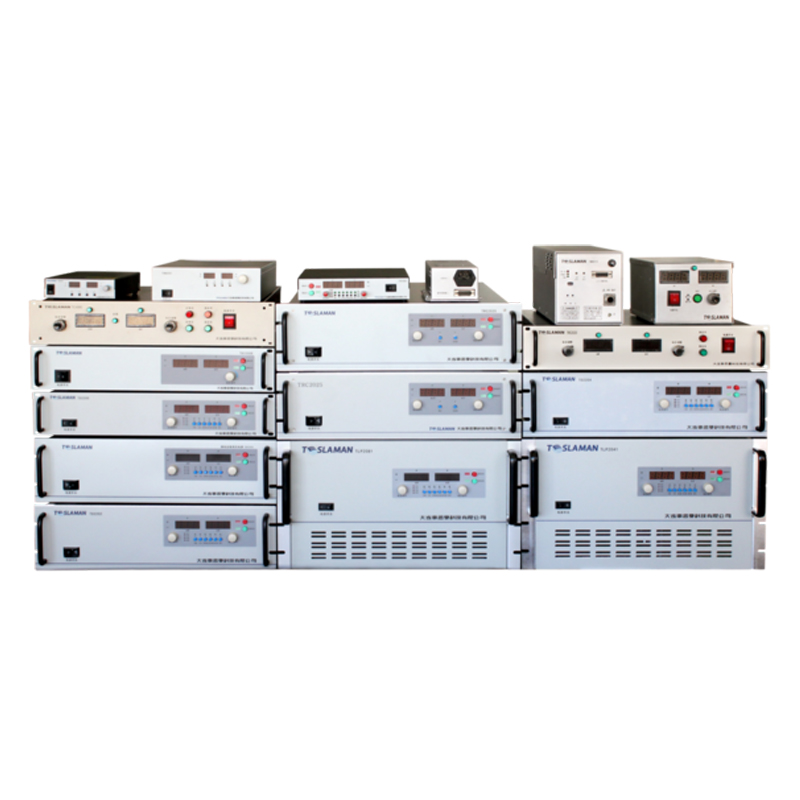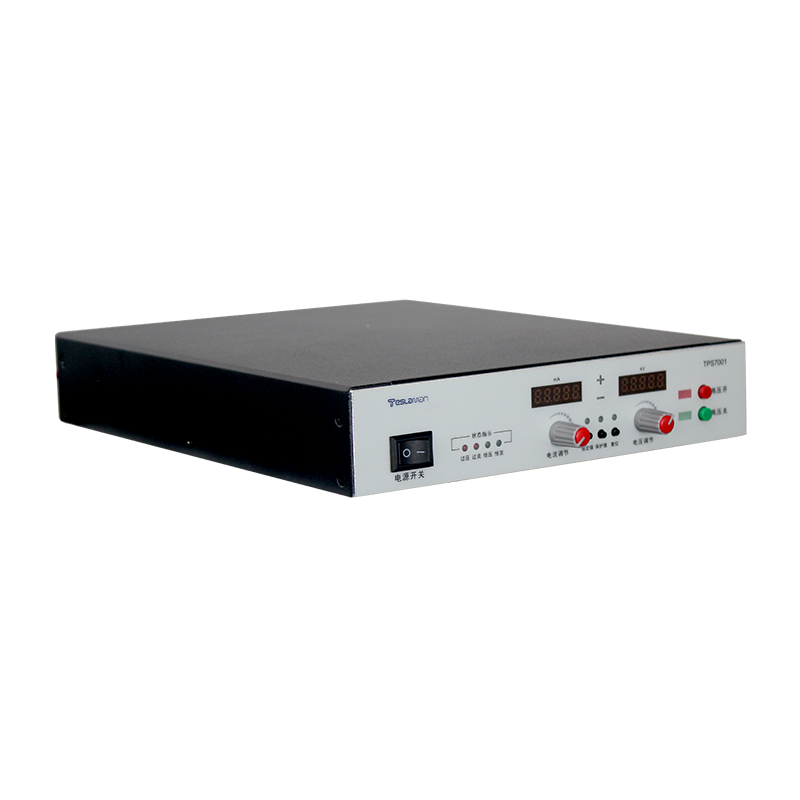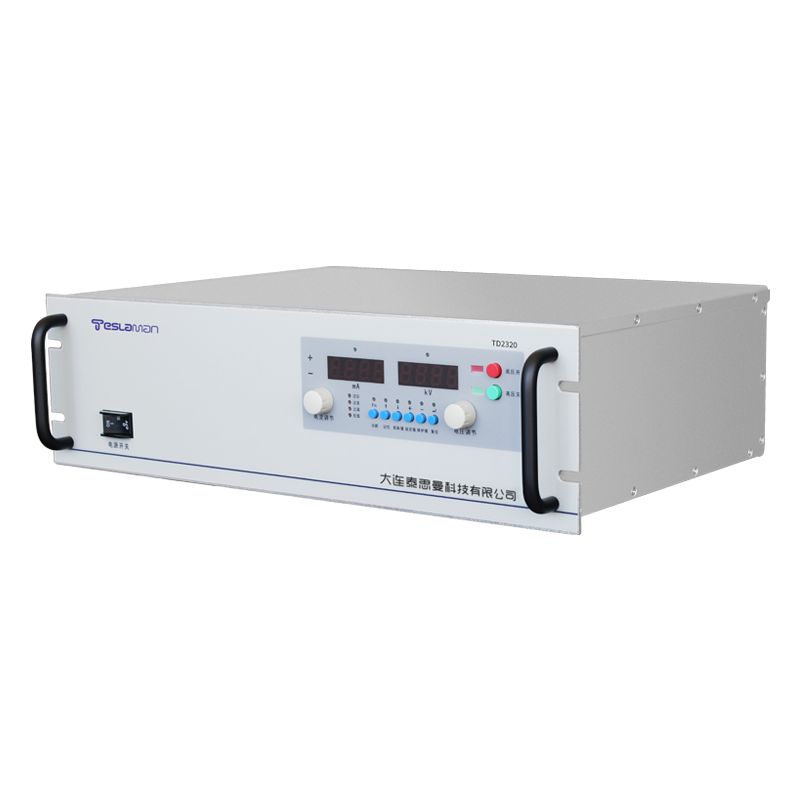Integration Schemes of High-Voltage Power Supply Modules in Electronic Devices
I. Introduction
In the field of modern electronic devices, high-voltage power supply modules are being increasingly widely used, providing crucial high-voltage support for the normal operation of numerous devices. Reasonable integration schemes play a vital role in exerting the performance of high-voltage power supply modules and ensuring the overall stability and reliability of electronic devices.
II. Characteristics and Selection of High-Voltage Power Supply Modules
High-voltage power supply modules typically feature high output voltages and variable output current ranges. When selecting high-voltage power supply modules, multiple factors need to be considered according to the specific requirements of electronic devices. Firstly, there are the requirements for output voltage. Different electronic devices may require high voltages ranging from several hundred volts to tens of thousands of volts. For example, in some X-ray inspection devices, voltages as high as several tens of kilovolts may be needed to drive X-ray tubes, while in some electrostatic precipitators, only several thousand volts may be required. Secondly, the magnitude of the output current determines the power supply capacity of the high-voltage power supply module under load. If the load of an electronic device has a large current demand, such as in some large plasma generation devices, a high-voltage power supply module capable of providing a corresponding large current needs to be selected. In addition, the stability of the power supply module, including voltage stability and temperature stability, etc., should also be considered to ensure that the fluctuations in output voltage and current are within an acceptable range under different working environments.
III. Physical Integration Considerations
(A) Spatial Layout
Inside the chassis of an electronic device, the spatial layout of the high-voltage power supply module requires careful design. On the one hand, the distance from other electronic components should be considered to avoid electromagnetic interference or electrostatic breakdown of other low-voltage, low-power components caused by the high voltage. Generally speaking, the high-voltage power supply module should be placed in a relatively independent area and shielded by a metal shielding cover, etc., to reduce its impact on surrounding components. On the other hand, heat dissipation should be facilitated because the high-voltage power supply module may generate a relatively large amount of heat during operation. It can be installed in a well-ventilated position inside the chassis or a special heat dissipation channel can be designed, such as a heat dissipation method combining heat sinks and fans.
(B) Electrical Connections
Electrical connections are a crucial aspect of the integration of high-voltage power supply modules. Firstly, appropriate high-voltage wires should be used for connections. These wires need to have good insulation properties and high-voltage resistance. At the connection points, it should be ensured that the connections are firm to avoid problems such as arcs caused by poor contact. Meanwhile, for the input and output interfaces of the high-voltage power supply module, proper grounding protection should be done to prevent electrostatic accumulation and electric shock hazards. In some complex electronic devices, a high-voltage switching circuit may need to be designed so that the high-voltage power supply can be safely cut off when the device is in standby or faulty states, ensuring the safety of the device and operating personnel.
IV. Control and Protection Integration
(A) Control Interfaces
To achieve precise control of the high-voltage power supply module, its control interface needs to be integrated with the control system of the electronic device. This can be achieved through digital communication interfaces (such as SPI, I2C, etc.) or analog control signals (such as voltage regulation signals). For example, in some automated electron microscopes, the control system can precisely adjust the output voltage of the high-voltage power supply module according to different magnification factors and imaging modes to obtain clear images.
(B) Protection Mechanisms
A complete protection mechanism must be included in the integration scheme. Overvoltage protection can prevent the output voltage from being too high due to circuit faults or abnormalities, thereby preventing damage to the loaded device. Overcurrent protection can promptly cut off the power supply when the load is short-circuited or overloaded, avoiding damage to the power supply module itself. In addition, temperature protection can be set up. When the temperature of the power supply module is too high, the output power can be automatically reduced or the work can be stopped to prevent safety hazards and performance degradation caused by overheating.
V. Conclusion
The integration of high-voltage power supply modules in electronic devices is a comprehensive project that requires consideration from multiple aspects such as selection, physical layout, electrical connections, control, and protection. Only by formulating a scientific and reasonable integration scheme can the performance advantages of high-voltage power supply modules be fully exploited, ensuring the stable and reliable operation of electronic devices in a high-voltage environment, meeting various complex application requirements, and promoting the development of electronic devices towards higher performance and greater safety.




















